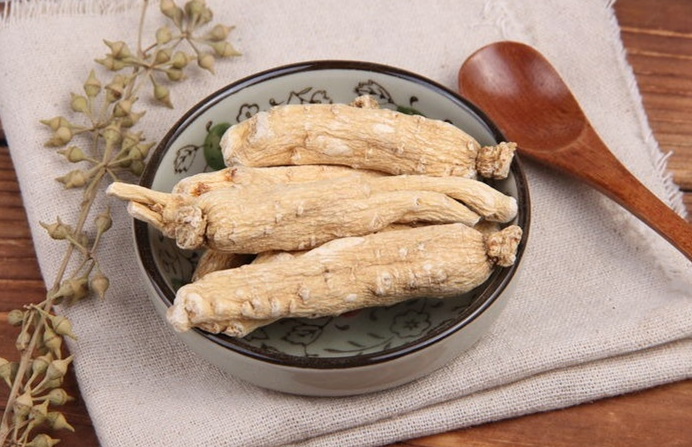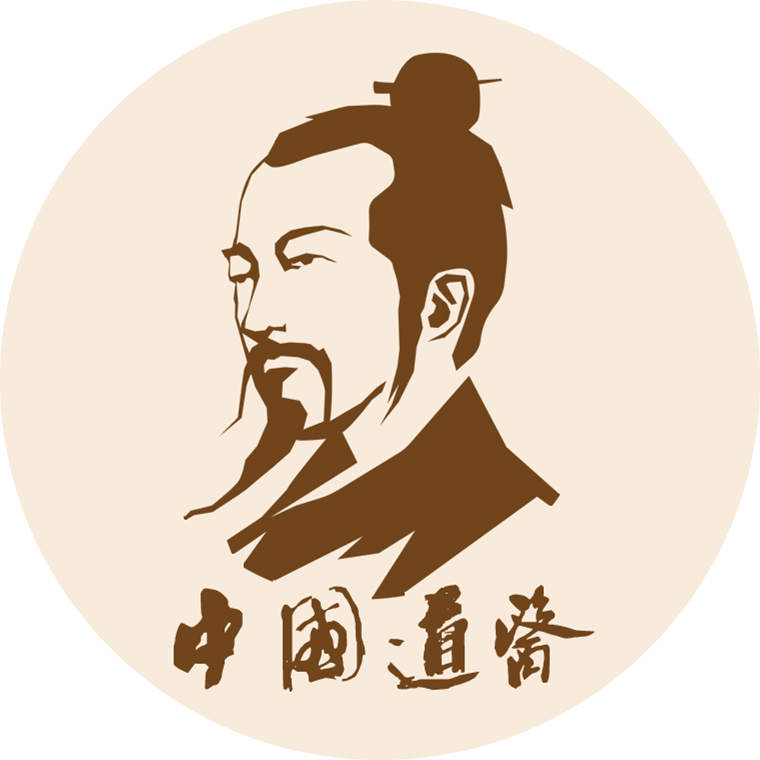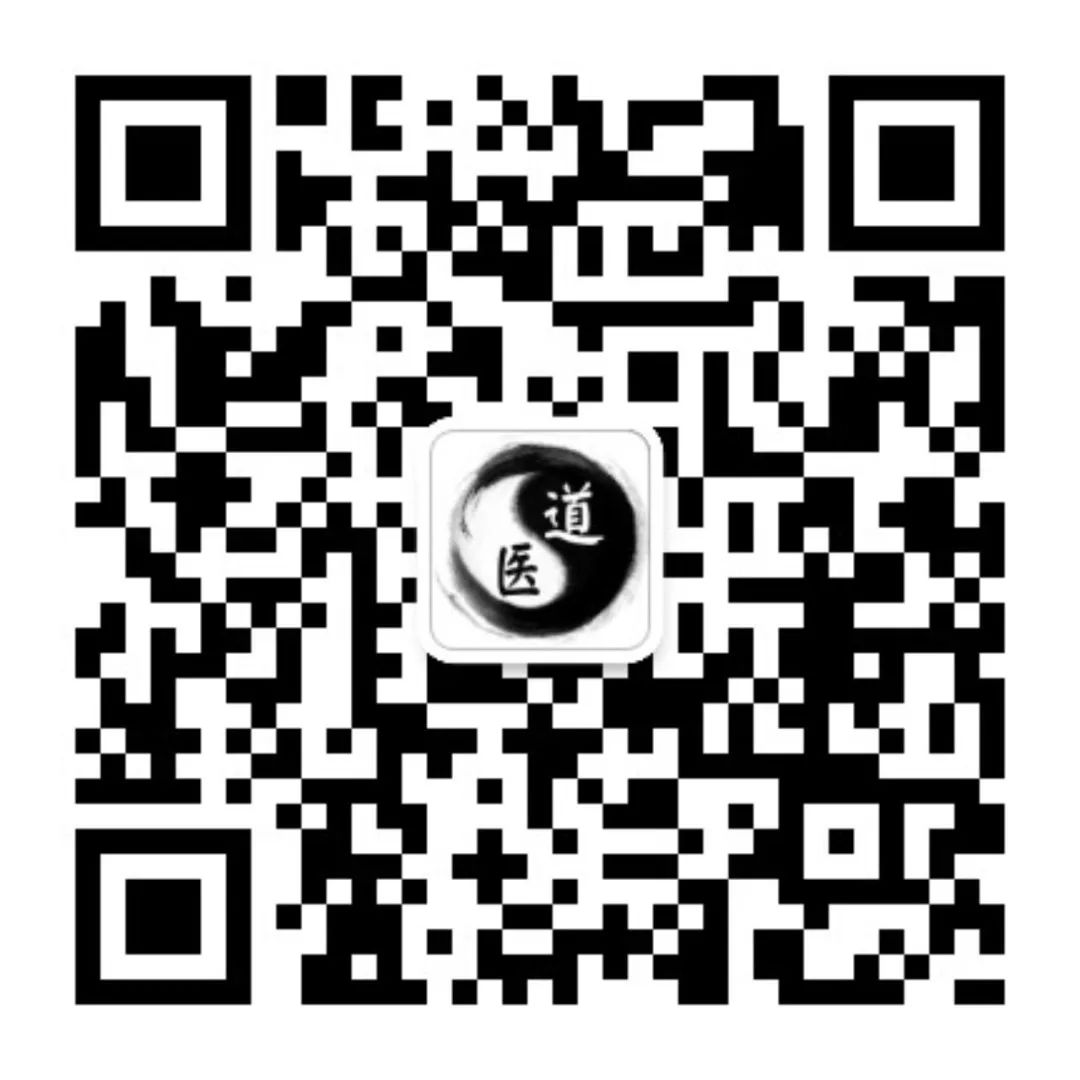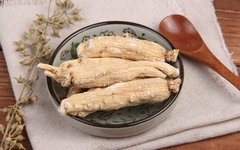
1. Aliases
Shen Cao, Jilin Shen, Bang Chui, Tu Jing, Huang Shen, Xue Shen, Di Jing, Jin Jing Yu Lan, Hai Er Shen.
2. Plant Morphology
Perennial herb. The rhizome is short and upright, increasing by one segment each year, commonly referred to as “Lu Tou”. Sometimes it produces one to several irregular roots (tubers). The main root is robust, fleshy, cylindrical or spindle-shaped. The palmate compound leaves are whorled at the stem tip, with long petioles and usually five leaflets, serrated at the edges, with sparse stiff hairs along the veins. The umbel inflorescence is terminal. The fruit is a drupe. There are two seeds.
3. Distribution
Ginseng grows in the understory of coniferous and broadleaf mixed forests or deciduous forests in mountainous areas. It is distributed in the Changbai Mountains and the southeastern part of the Lesser Khingan Mountains, with significant cultivation in Liaoning, Jilin, and Heilongjiang provinces.
4. Harvesting and Processing
Harvested mainly in autumn, cleaned. Cultivated ginseng is dried in the sun or baked, referred to as Sheng Shai Shen, while wild ginseng is dried and called Sheng Shai Shan Shen.
5. Medicinal Properties
Sheng Shai Shen: The main root is spindle-shaped or cylindrical. The surface is grayish-yellow, with sparse shallow transverse wrinkles and obvious longitudinal folds on the upper part or the entire root. The fibrous roots often have indistinct small wart-like protrusions. The rhizome (Lu Tou) has irregular roots (tubers) and sparse pit-like stem scars (Lu Wan). The texture is relatively hard, with a pale yellow-white cross-section. It has a distinctive aroma, with a slightly bitter and sweet taste. Sheng Shai Shan Shen: The main root is short and thick, often with two lateral roots, forming a “V” shape. The surface is grayish-yellow, with obvious fine spiral patterns on the upper part, and the rhizome has dense bowl-shaped stem scars, while the section of the rhizome near the main root is smoother without stem scars, referred to as Yuan Lu. Sparse long fibrous roots grow on the lateral roots, with obvious wart-like protrusions.
6. Properties and Channels
Warm in nature, sweet and slightly bitter in taste. It enters the Heart, Lung, Spleen, and Kidney meridians.
7. Efficacy and Functions
Greatly tonifies the original Qi, stabilizes the pulse, strengthens the Spleen and benefits the Lung, generates fluids, and calms the spirit. It belongs to the category of Qi tonics under the classification of tonifying herbs.
8. Clinical Applications
The dosage is 3-9 grams daily, decocted in soup; wild ginseng can be ground into powder and taken, 2 grams at a time, twice a day. It is used to treat symptoms of Qi deficiency such as shortness of breath, spontaneous sweating, cold limbs, mental fatigue, poor appetite, vomiting and diarrhea, Qi deficiency causing wheezing or chronic cough, fluid deficiency with thirst, diabetes, insomnia with vivid dreams, palpitations, forgetfulness, impotence, frequent urination, and all conditions of insufficient Qi, blood, and body fluids.
9. Pharmacological Research
Ginseng has bidirectional regulation on the central nervous system, promoting intelligence, analgesic, antipyretic, anticonvulsant, and muscle strength reduction effects. It has positive effects on the cardiovascular system, including cardiotonic, anti-ischemic, vasodilation, and blood pressure reduction; it protects and stimulates hematopoietic function in the blood system, has anticoagulant and anti-thrombotic effects; it has stimulating effects on the endocrine system similar to corticotropin and gonadotropin. It enhances immune function, strengthens the heart, resists shock, protects and stimulates bone marrow hematopoiesis, increases adrenal cortex hormone secretion, adjusts blood sugar levels, significantly inhibits cholesterol absorption, has anti-tumor effects, delays aging, and enhances the body’s adaptability. Its extracts can significantly promote the synthesis of nucleic acids and proteins in rat organs.
10. Chemical Composition
Contains ginsenosides, among which the dammarane-type triterpene saponins are the most active and are the main indicators for assessing ginseng quality, including ginsenoside Rb₁, ginsenoside Re, ginsenoside Rf, and ginsenoside Rg₁.
11. Contraindications
Contraindicated in cases of excess heat syndrome, damp-heat syndrome, and those with sufficient righteous Qi. It is not advisable to take it with tea. It should not be used in conjunction with Li Lu or Wu Ling Zhi.
12. Compatible Formulas
① For tonifying Qi and blood, treating all forms of deficiency: Ginseng powder, human milk powder in equal parts. Form into honey pills, which can be dissolved or swallowed. (Feng’s Golden Bag: Shen Ru Wan)
② For treating Spleen, Stomach, and Kidney Qi deficiency with vomiting and inability to eat: Ginseng and clove in equal parts. Grind into powder, take 6 grams each time. Mix with hot rice water for consumption. (Pu Ji Fang: Shen San)
③ For treating insufficient Ying and Wei Qi and blood: Ginseng 9-30 grams, Huang Qi (honey-fried) 9-18 grams, honey-fried licorice 3 grams. Decoction for empty stomach consumption. (Zhang’s Medical Communication: Bao Yuan Tang)
④ For treating deficiency labor with persistent white sweating: Ginseng 45 grams, Bai Zhu 60 grams, Gui Xin 21 grams. Take 15 grams each time, decoct for consumption. If Yang deficiency is severe, add Fu Zi. (Chi Shui Xuan Zhu: Shen Zhu San)
⑤ For treating children’s febrile sweating: Ginseng 3 grams, Huang Qi 6 grams, Dang Gui 4.5 grams. Add one slice of pig heart. Decoct for consumption. (Infant Class Collection: Tuan Shen Yin Zi)






Daoist Medical Video Account
⊙ The content of this article is for clinical thought reference only; non-TCM professionals should not attempt to use herbs.
⊙ Some images and texts are sourced from the internet; please contact us for removal if there is any infringement.
⊙ For Daoist medical consultation, add WeChat ID: daoxuea
⊙ For submissions and collaborations: [email protected] (original submissions are welcome)
Selected Articles
❶ Stop grabbing lemons! These soups and drinks taste better and relieve discomfort more effectively!
❷ A hot water bag is better than ten old TCM doctors! Sleep aid, cough relief, pain elimination… all in one go!
❸ If the “spiritual root” of practitioners does not manifest, there will be no lasting strength in cultivation; how to make your spiritual root “appear”?
❹ The simplest! For mild COVID-19 patients, five steps of acupoint tapping at home can improve symptoms!
❺ Using good classical formulas, dizziness can be cured in less than five doses!
❻ Daily learning of Chinese herbs: Bu Zha Ye!
❼ Why do I get sick despite exercising every day? There is a reason for this, and it’s not too late to know now!
❽ Huang Qi combined with one item, start drinking now, promotes blood circulation and protects the heart!
❾ This is the secret of Daoist cultivation; I will reveal the secrets to everyone!

 Scan to follow Daoist Medicine
Scan to follow Daoist Medicine
Here, there are no chicken soup recipes, folk remedies, rumors, or advertisements, only reliable Daoist health and wellness knowledge.


